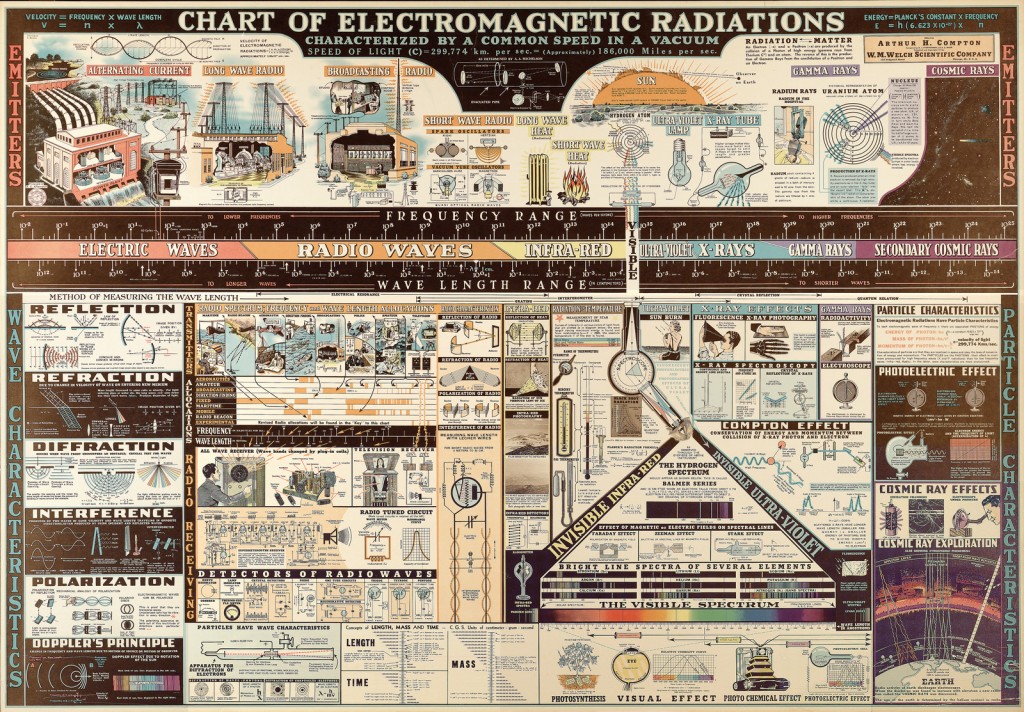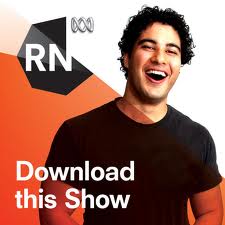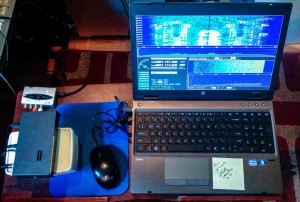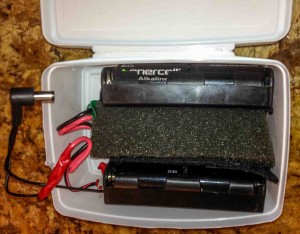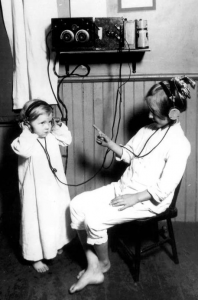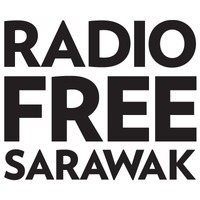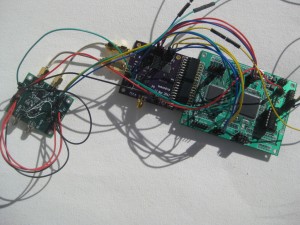(Source: VOA Radiogram)
VOA Radiogram on 17 and 18 August will include our first attempt to transmit Chinese characters. (It’s part of a VOA Chinese story about the future of BlackBerry.) And there will be a VOA News story in Spanish. To view the Spanish accents and the Chinese characters, your character set should be UTF-8. In Fldigi: Configure > Colors & Fonts to change the character set.
The broadcast will also include an Flmsg VOA News story including an SVG-formatted VOA logo created by Mark Hirst in the UK. If you have Internet Explorer, and cannot see the logo, try renaming the Flmsg file with an .xhtml suffix.
If you listen to more than one broadcast of VOA Radiogram this weekend, close Flidigi and restart it between broadcasts. This is because something in Flmsg turns off the UTF-8 character set, even though Fldigi is still configured for UTF-8.
Two of this weekend’s VOA News stories on VOA Radiogram feature VOA journalists who are radio amateurs. VOA Asia correspondent Steven Herman, W7VOA (@W7VOA), is interviewed about his visit to North Korea, and George Putic, KI4FNF, wrote the story about the renewed search for extraterrestrial life.
And there will be a VOA News story about a way to keep older brains healthy — other than experimenting with digital modes.
Here is the lineup for VOA Radiogram, 17 and 18 August 2013:
3:04 MFSK16: Program preview
4:50 MFSK32: VOA Spanish logo and news re VOA app
1:46 MFSK32: VOA Chinese logo and sample text
3:26 MFSK32: VOA News re benefits of hot chocolate
1:22 MFSK32: VOA Radiogram logo and addresses
4:43 MFSK64: VOA’s W7VOA visits North Korea
1:18 MFSK32: Photo of W7VOA in Pyongyang
3:28 MFSK64/Flmsg*: VOA’s KI4FNF on search for extraterrestrials
1:18 MFSK32: Photo of Gemini Observatory
1:12 MFSK16: Closing announcements
0:16 Surprise mode of the week*To make Flmsg work with Fldigi (both can be downloaded from w1hkj.com), in Fldigi: Configure > Misc > NBEMS — Under Reception of flmsg files, check both boxes, and under that indicate where your Flmsg.exe file is located.
As always, reception reports are much appreciated and should be sent to[email protected]
VOA Radiogram transmission schedule
(all days and times UTC)
Sat 1600-1630 17860 kHz
Sun 0230-0300 5745 kHz
Sun 1300-1330 6095 kHz
Sun 1930-2000 15670 kHz
All via the Edward R. Murrow transmitting station in North Carolina.

